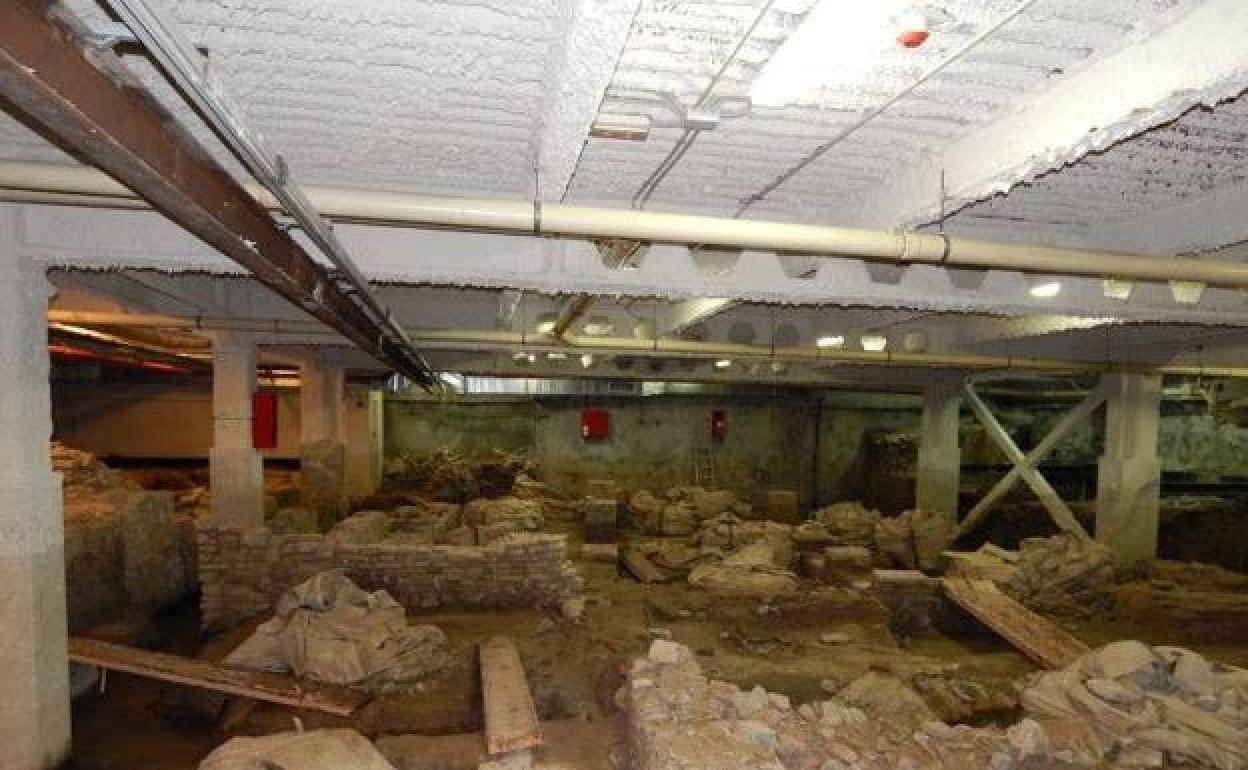Project to open the Thyssen museum's Roman ruins to visitors grinds to a halt
In addition to the usual pools used for processing fish, remains have been found of what may have been a fishmonger’s shop with street frontage
Jesús Hinojosa
Malaga
Tuesday, 30 August 2022, 12:53
Malaga city council’s plans to open the Roman remains in the basement of the Carmen Thyssen museum to visitors have been stopped in their tracks, because the latest part of the works to be put to tender received no response whatsoever.
Offers for the contract were invited at the beginning of August but the period expired on 24th and has now been declared void. Town Planning councillor Raúl López said the contract will be offered again in the near future, but with a revised budget.
For López, this is one of the biggest difficulties faced by public administrations when trying to contract works: the costs of materials and fuels needed for construction have risen so much that companies cannot afford to take on new projects.
That was the case with plans to remodel Calle Álamos and the Paseo de los Tilos; the council was finally able to award contracts for these projects after several firms withdrew because they said it would not be profitable for them to continue.
Important part of the city's history
The Roman remains discovered at the Thyssen museum include part of a fish salting factory and a house associated with the business. They give a detailed idea of what used to be an area on the edge of the sea, which in Roman times reached almost to the southern part of Calle Cisneros, with a major fishing industry.
In addition to the usual pools used for processing fish, remains have been found of what may have been a fishmonger’s shop with street frontage. There is also a fountain which is a unique piece of the city’s past as it is decorated with 1st century paintings of fish of different species, including tuna.
The local authority has taken advice from the Spanish Scientific Research Council about the possibility of organising visits to the remains when the works are completed. The tours will be for groups of no more than ten people and half-an-hour will be left between each visit.
